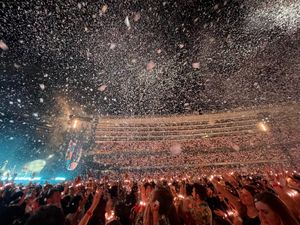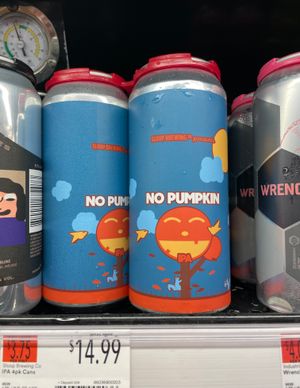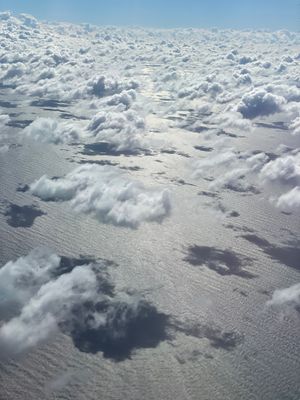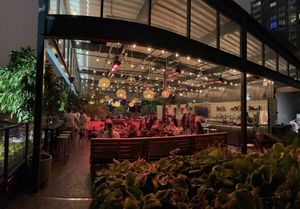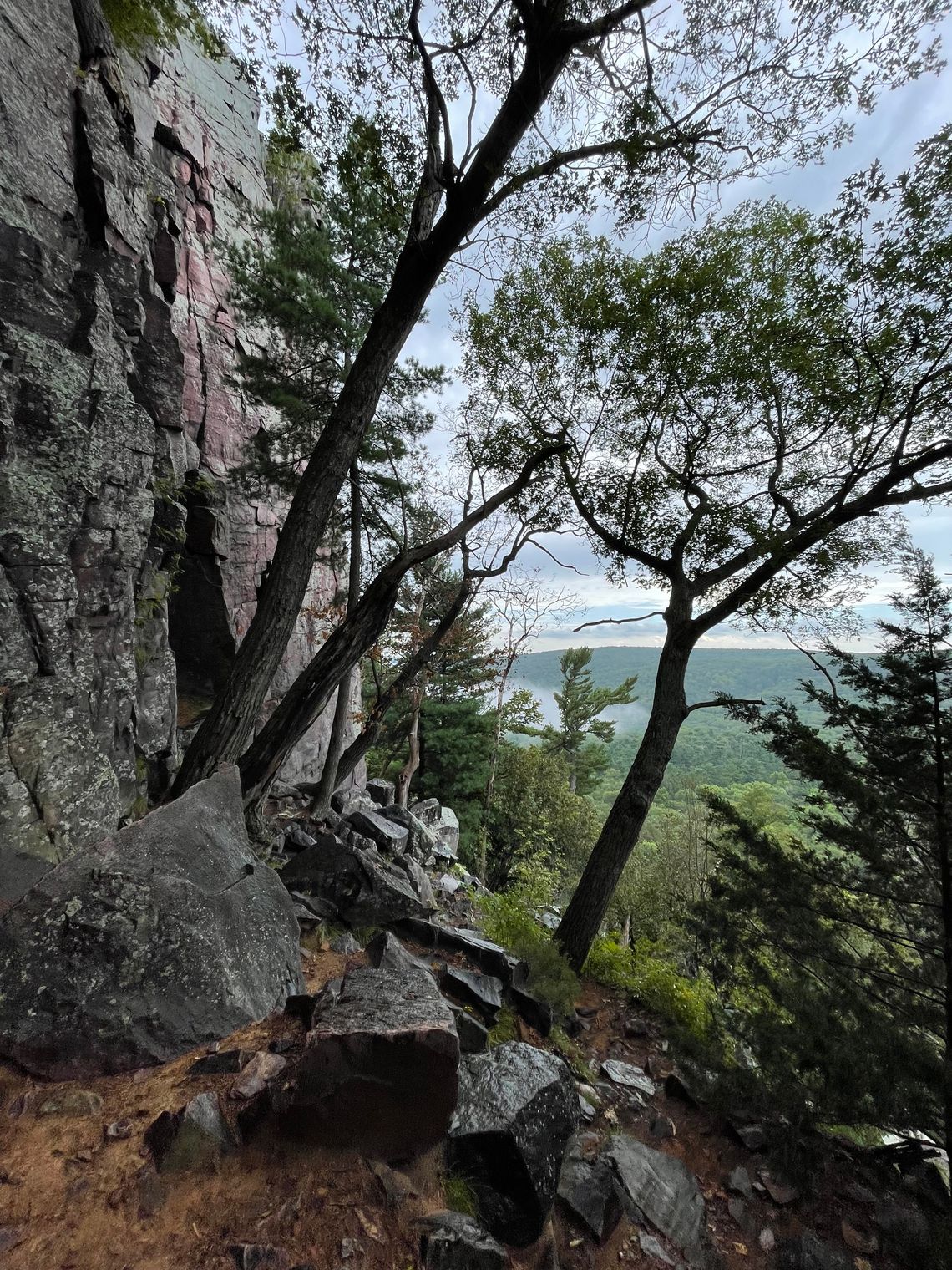
There are no obvious feeder streams or outlets; it must be the devil's lake.
Chicago (August 20, 2025) - My love of the outdoors did not come from my parents. It could be a latent gene, like male pattern baldness, or it skips a generation and passes only through the Y chromosomes on the maternal side down two to three generations hence. But my parents showed no acumen or interest in hiking a wilderness trail, backpack camping on the side of a mountain, or scrambling up a dry creek bed to a mountain's peak to afford a view of the valley 14 hours walk below. I love them all the same.
I also love cement. Cement is like a clean slate, it creates opportunities for community. Our cities are built of it, we can go fast and high with it. It inoculates us against the forces of gravity. We can move or sit still because of it, and it protects us from the very things we relish about the outdoors. Wind and water carve mountains into vistas, and cement holds the parapets so we can get that view.
I'm not sure which I love more. If I look back in my calendar, I spend a whole lot more time with cement than I do without it. Everyday, with cement, I shuffle 10 miles into an office 17 floors above the street. I pay it no attention, but it is all around me. It’s much like my job. I wake up every day, think, breath, eat and ruminate on work, and then without notice, the mortgage, utilities, repairs and tuition bills get paid. How cement and I zoom home at 5pm, thoughtlessly, is an unconscious effort.
There are less extreme versions of affectionately enjoying the outdoors, like booking a 5-star tree house stay on VRBO, sailing the Inner Passage on Viking Cruise Lines up from Vancouver to Seward, or installing an in-ground swimming pool in your suburban backyard. But my personal preference is the urban oasis, like Central, Grant, Bryant, Prospect, Millennium, Palmer Square or Washington Square parks in the best parts of our cement laden jungles. If the hidden infrastructure of utility lines, gas lines, water and sewer pipes, curbs and roads make our city neighborhoods and communities thrive, the improvements supporting our city parks, like brick or paved walkways, gas wicked lamps, landscaping, manicured and cultivated lawns, trees and gardens, fountains and lakes, hemmed by wrought iron fences, stone walls, and supported by eating establishments, seating, decks, benches and bathhouses, are the lifeblood of public community.
I do like to encounter wildlife in the protected wilderness that is not represented by a pigeon, rabbit or cultured fountain slurping squirrel, like a moose in the middle of Montana wading in a watery bog, or a brown bear foraging its find of endless fields of juicy berries, or a wolf howling at dusk telling a tale to all those who will listen. I love the outdoors, for its dislocation from the call and clamor of everyday, but also for its surprise, exposure, and rewards granted effortlessly to the trekking, traveling observer, changing landscapes with elevation accumulation, peaks and valleys representing transformation endowed by endless time, and the time set apart granting restorative balance to my personal perspectives of life.
It is not lost on me that it took many miles of carefully laid cement for me to get there.
